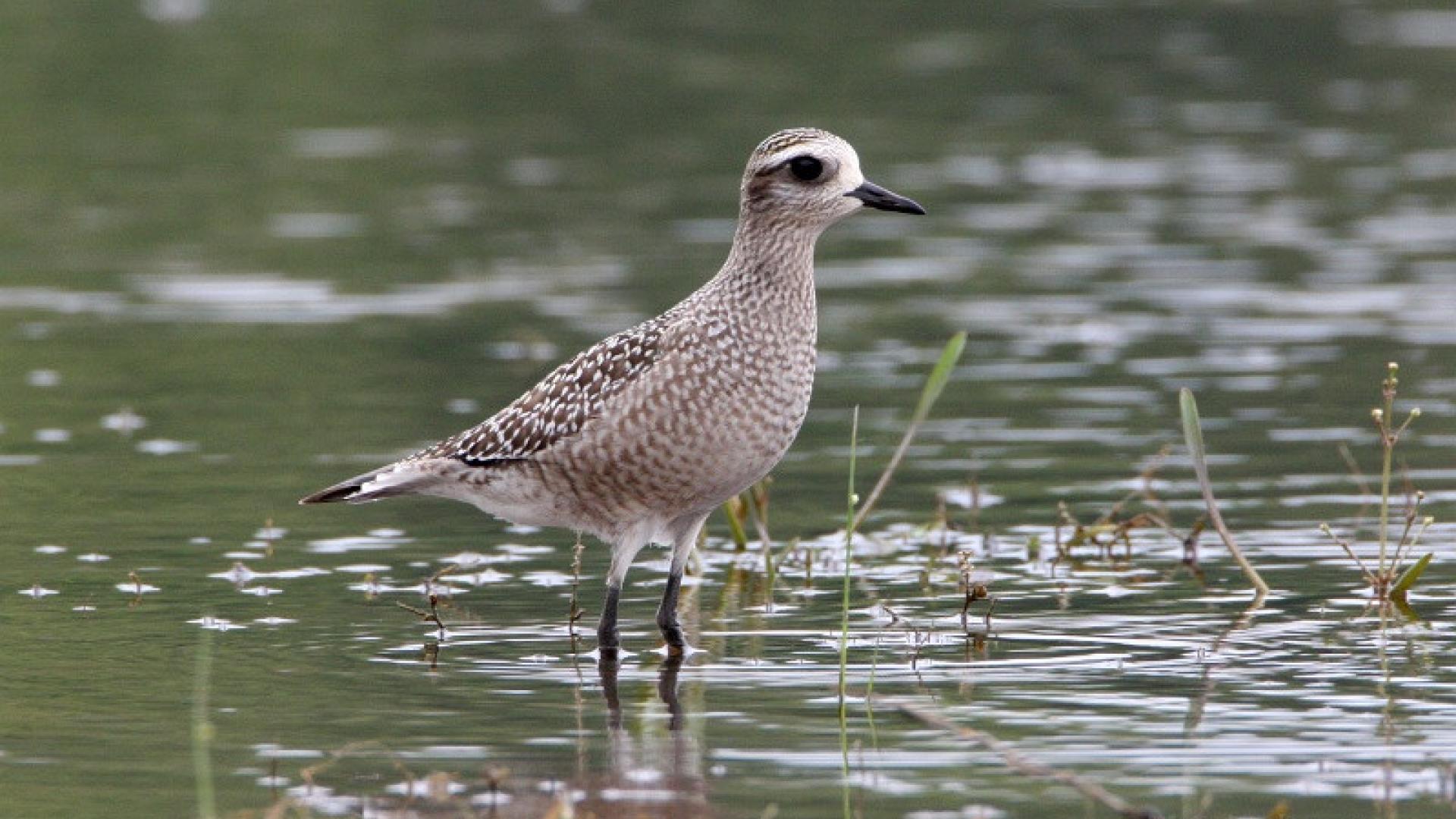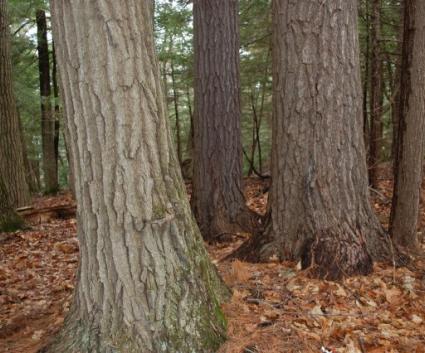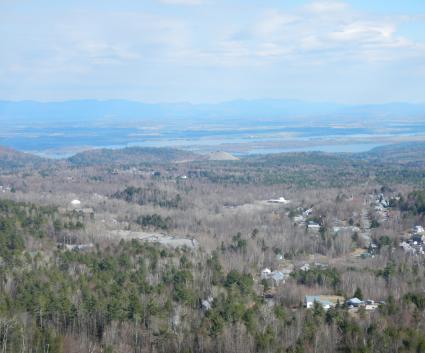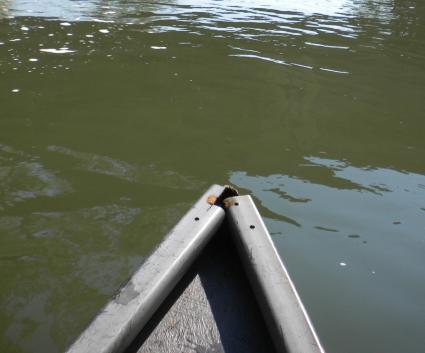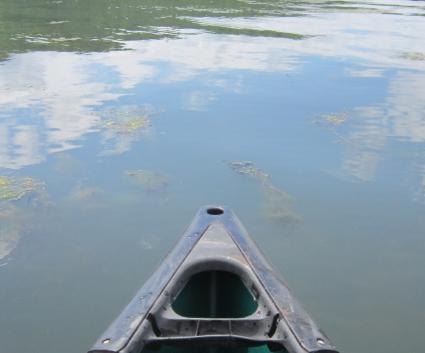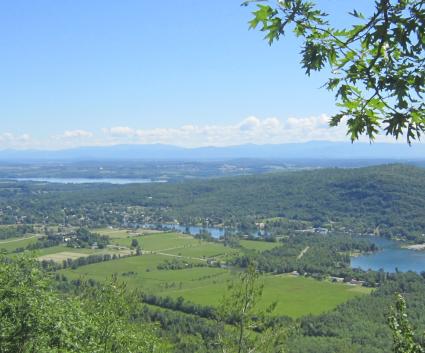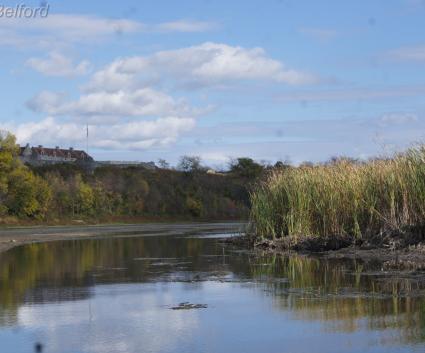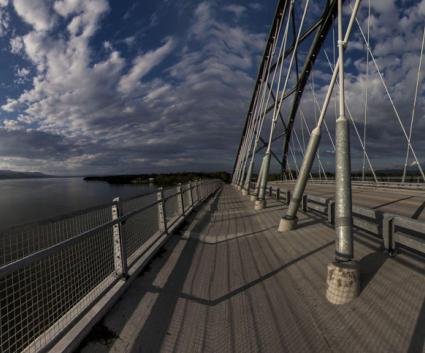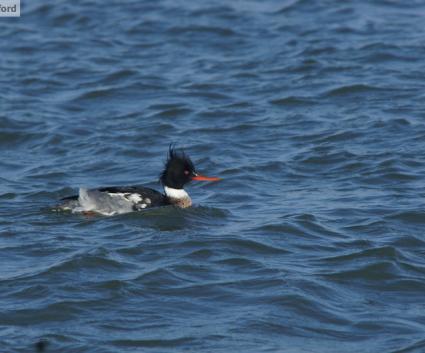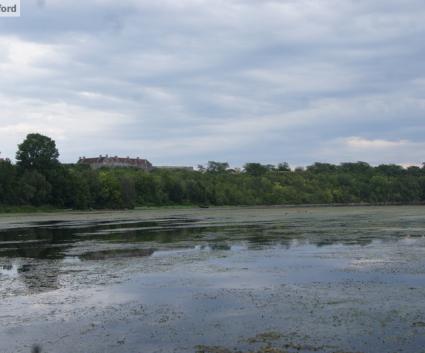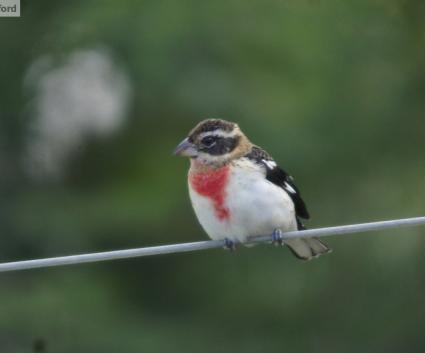An amazing time of year!
Fall may be the best time of year to go birding in the Champlain Valley. After all, fall migration stretches from mid-late summer straight up until winter, and it brings with it an endless stream of arriving and passing birds. This year, the warblers and other songbirds of late summer have already been parading through the region, and although our late summer shorebird migration season started a bit slowly this year thanks to high water levels along the lake, it began to gain some traction as the season advanced – starting with common species like Greater and Lesser Yellowlegs, and Solitary, Least, and Semipalmated Sandpipers, with Noblewood Park in Willsboro taking up the mantle as the best place to observe them, as usual.
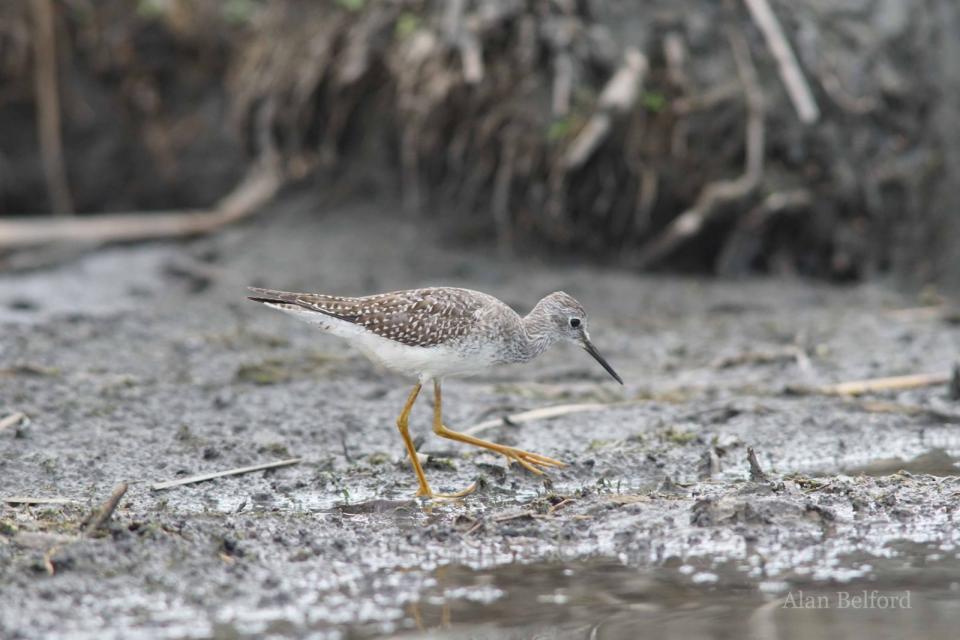
Noblewood’s status was further solidified with Labor Day weekend rarities like Baird’s Sandpiper and Buff-breasted Sandpiper, and a Red-necked Phalarope which hung around for several days. Not to be outdone, Hoisington Brook outlet at the Westport wastewater treatment plant hosted a pair of American Golden Plovers a few days later.
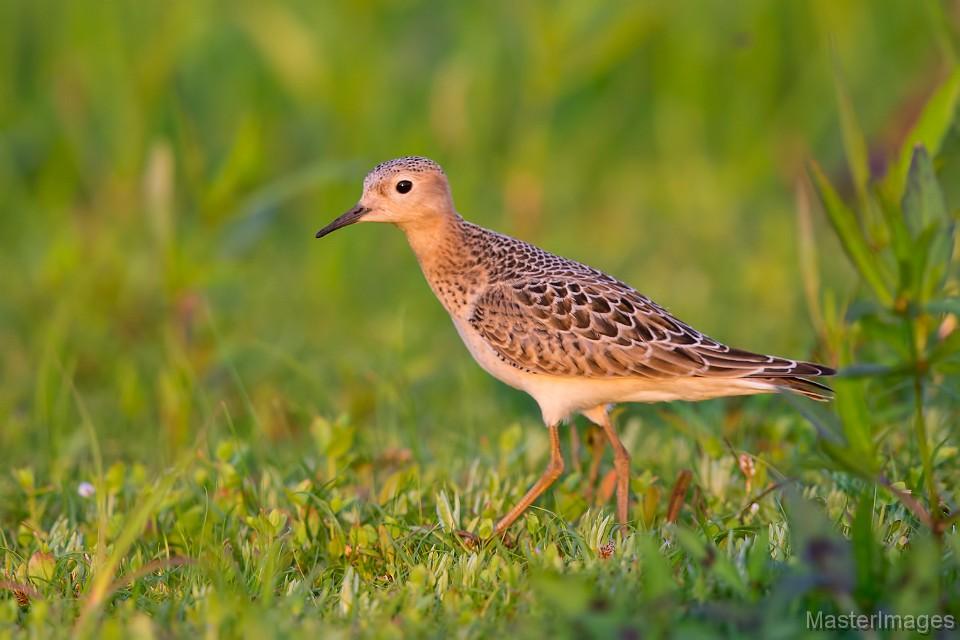
Little Gulls
But Noblewood has continued to garner the most attention. After all, it is also the best place on the New York side of the Champlain Valley to find Little Gulls, which migrate south along the lake each autumn, hidden in large groups of Bonaparte’s Gulls which linger in the lake valley for weeks during their southbound journey. This year has been exceptional for Little Gulls which have been seen at Noblewood (seemingly by anyone who searches for them) for several weeks – sometimes more than one individual at once. This culminated with an incredible five Little Gulls at Noblewood a few days ago! For those of you interested in looking for them, the best times of day for finding the Little Gulls are usually early in the morning or in the evening when the gulls are flocked up and roosting on the sand spits which border the mouth of the Boquet River.
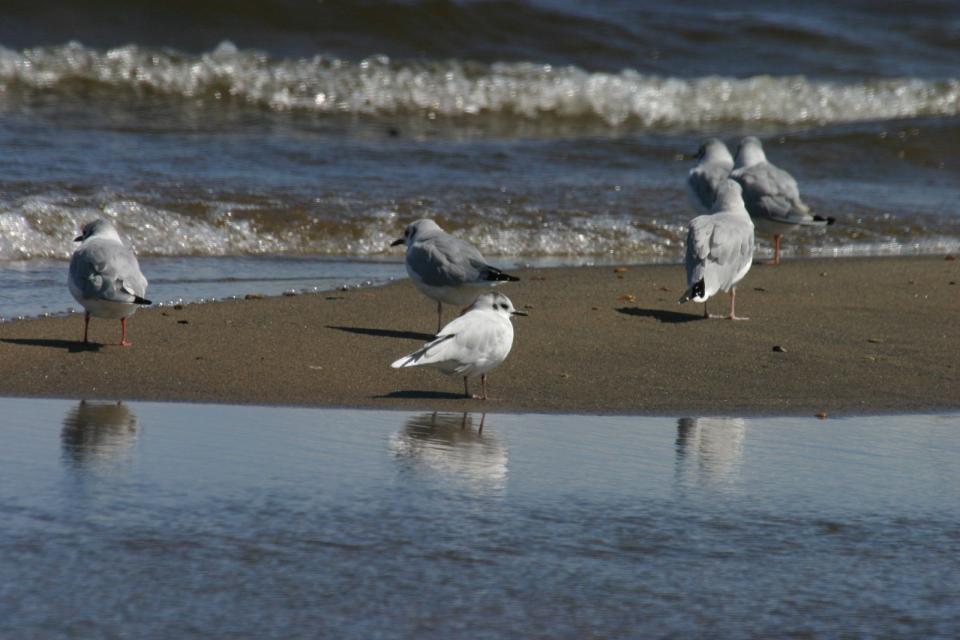
Noblewood is also perhaps the best place in the region to scope the lake in search of other passing goodies on their way to the Atlantic Ocean, as evidenced by the Parasitic Jaeger found there moving south on the cold front which cut through the region at the end of the last week. And while this blog is not meant to be a promotion for Noblewood, I’m seeing more and more that perhaps I should make that my goal in writing it! After all, Noblewood has been a hotspot of late.
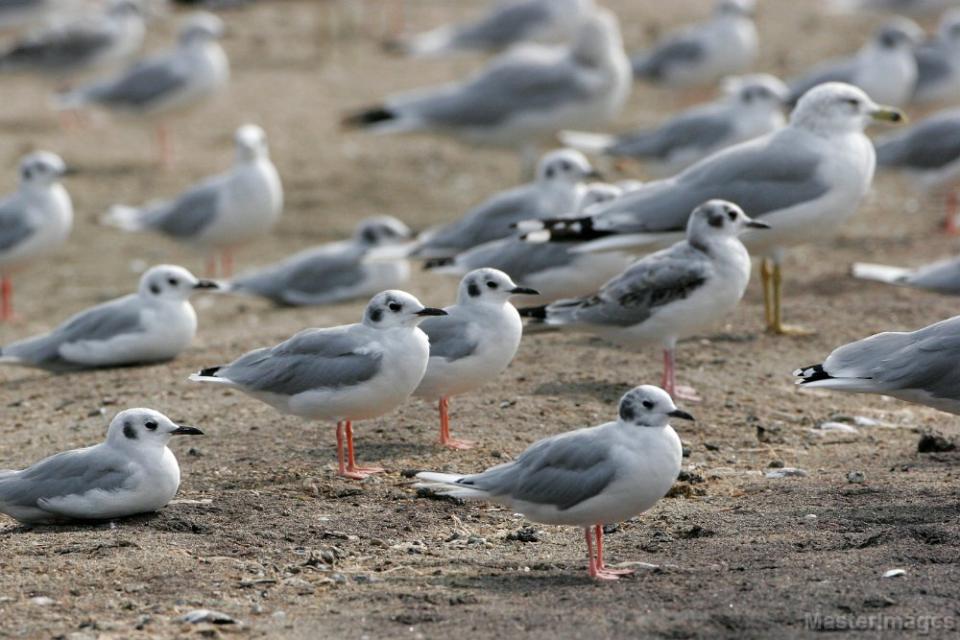
So many songbirds!
That said, my own recent trip to the Champlain Valley was marked by a different suite of species than those which have been the source of Noblewood’s recent popularity – all in the southern reaches of the valley a bit south of Ticonderoga. I was leading a birding field trip, and I had the opportunity to poke around some places in southern Essex County as well as the northern end of Warren and Washington Counties, just below Ti.
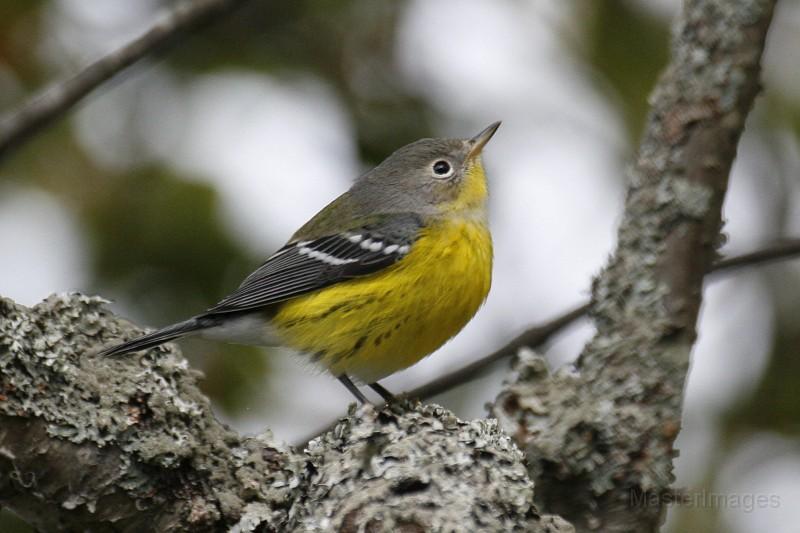
My trip found me in wooded habitats (birders should check out pretty much any forested edge this time of year – working the sunny spots on cool mornings) and I woke to the sound of migrant Swainson’s Thrushes while I lay in my tent. Once out of camp, I soon found myself surrounded by a dizzying collection of fourteen species of warblers! This included multiple Tennessee and Bay-breasted Warblers while a lone Wilson’s Warbler flitted from branch to branch above my head. Perhaps more impressive was the number of Philadelphia Vireos which mixed with a large contingent of Red-eyed and Blue-headed Vireos. A short time later, I added an Olive-sided Flycatcher and three more warbler species – including a Mourning Warbler - to bring my final warbler tally to seventeen species in just a few short morning hours!
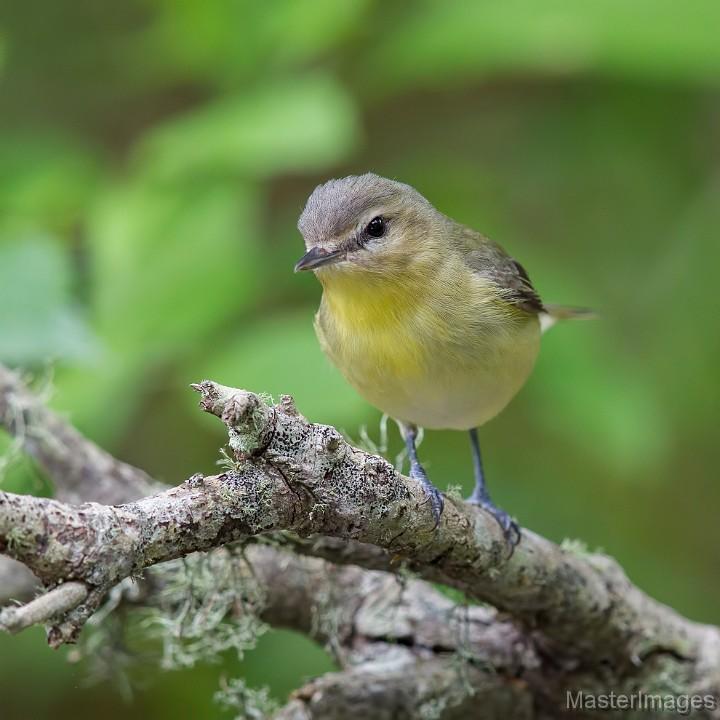
That is the amazing thing about fall migration in the Champlain Valley. I had hoped during my trip to have a chance to check out places like Noblewood for Little Gulls and shorebirds, but my schedule found me elsewhere in the valley without a lot of time to run to Willsboro. And so I was treated to a feathered kaleidoscope of color instead, as warblers, vireos, tanagers, grosbeaks, buntings, chickadees, and other songbirds shook alive tree after tree and branch after branch – fair compensation for my efforts from my perspective!
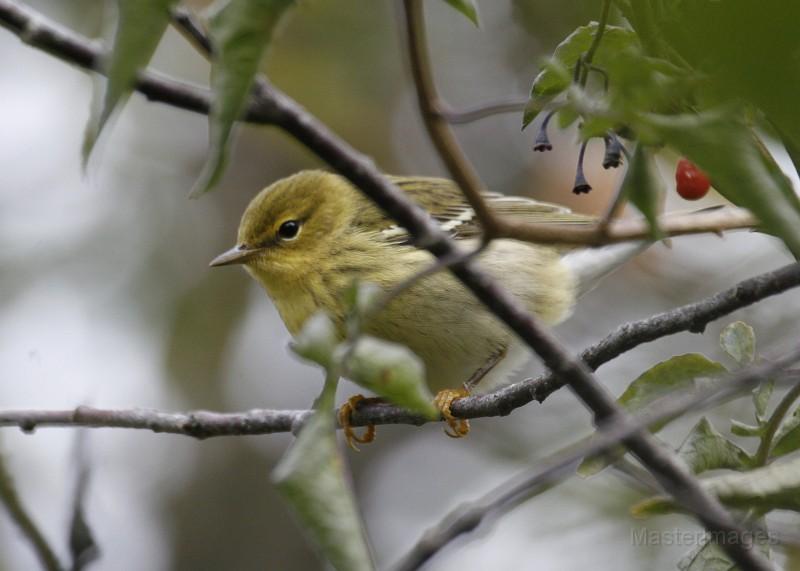
After all, fall ushers so many birds in our direction that the species change with each passing cold front, and seem to change almost daily. It compels us to get outside in search of birds – be that for an hour or two or for an entire day – as each day may bring with it something new or even something rare or unusual. It is that potential for oddities coupled with our usual fall diversity that makes this such an exciting time of year to go birding. Every day — every time outside — is like a present waiting to be unwrapped and discovered, and like a birthday gift it is hard to know for sure what you are going to receive. The anticipation can be fantastic.
And so I was happy with my own surprise gift of so many fall warblers and other songbirds in the southern Champlain Valley. And that hoped-for trip to Noblewood and other places north? Well that’s going to have to happen soon too!
Fall migration and outdoor adventure are amazing in the Champlain Valley! Plan your trip today by checking out our lodging and dining pages!
